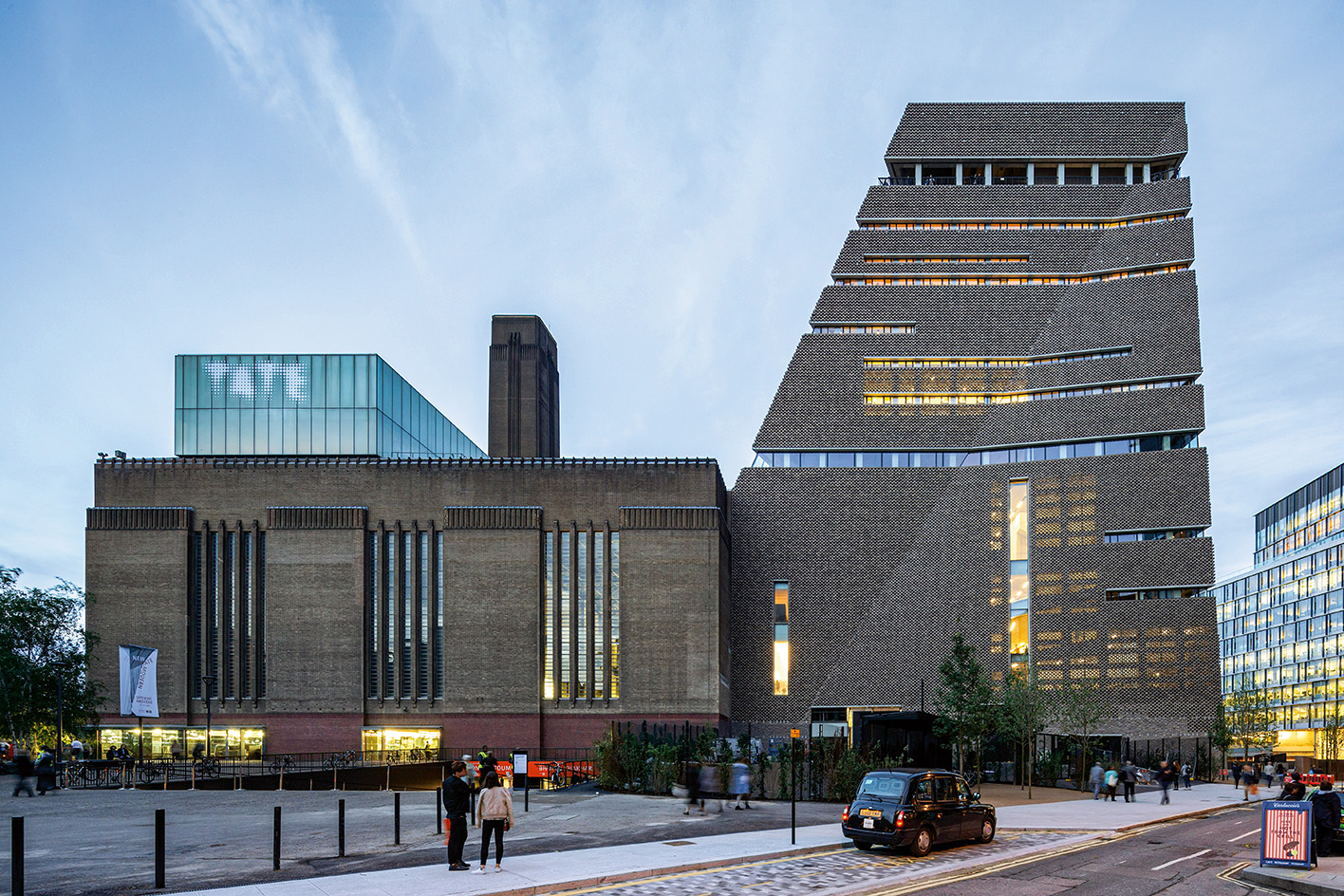
Herzog & de Meuron has been active in architecture for the last four decades, but while the work of Swiss studio’s founders Jacques Herzog and Pierre de Meuron undoubtedly has a signature twist, you don’t always know their buildings when you see them. The pair has an intuitive and creative approach which has aided them in creating an international company and brand, the legacy of which will last long into the indefinite future. Their research and concept-based approach to architecture sets them apart from their peers and their global reach is impressive; they truly are one of the most famous contemporary architecture firms in the world.
From London’s era-defining Tate Modern and its celebratory extension to the highly complex Bird’s Nest Stadium in Beijing, their projects span zeitgeist-shaping cultural moments. They have also been shaping the future of care with the REHAB clinic in their native Basel and their upcoming children’s hospital in Zurich. Additionally, they have long had an eye on sustainable architecture. Herzog & de Meuron are architects with a great deal of foresight. How do they do it?
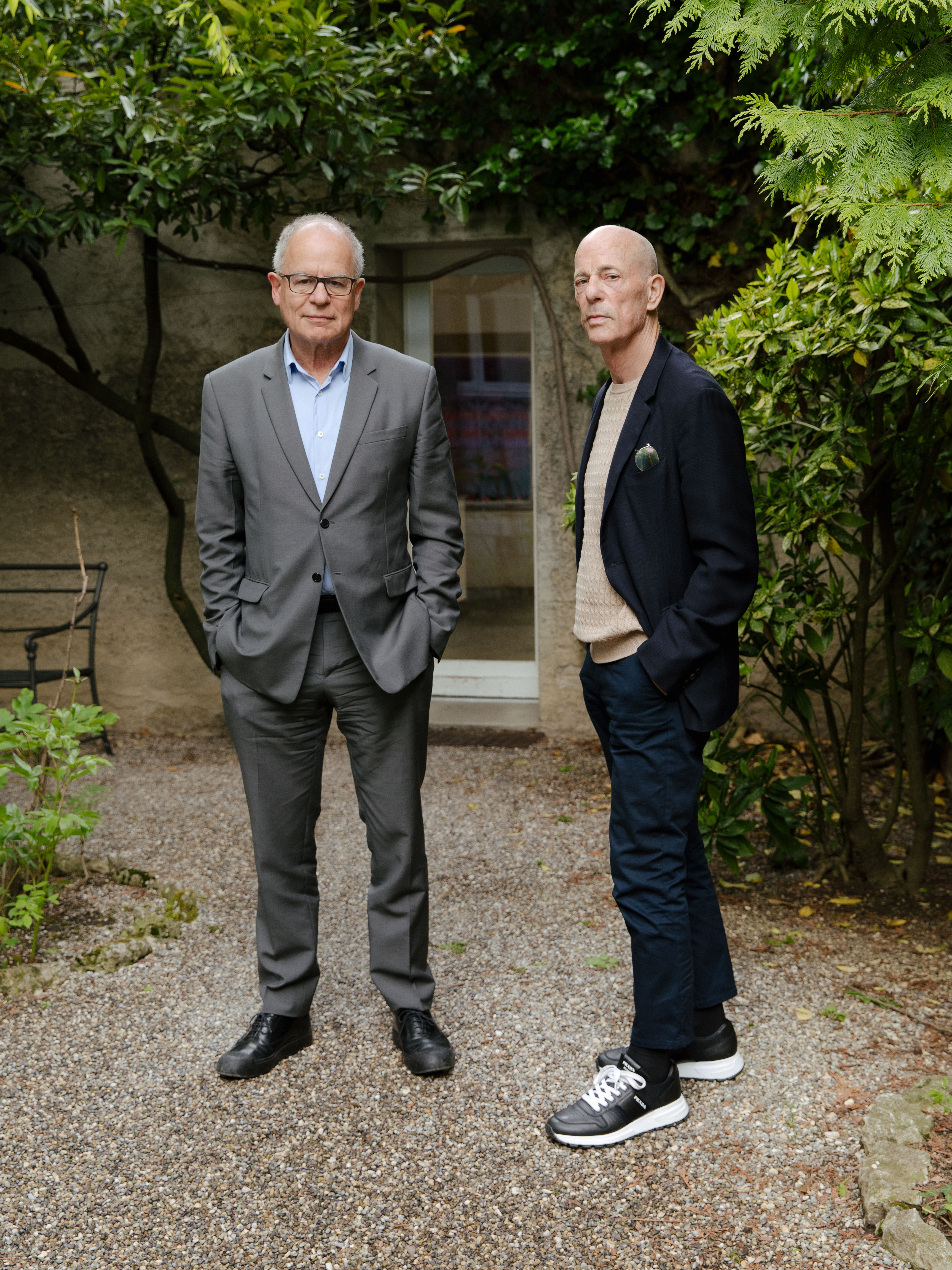
Herzog & de Meuron: into the mind of the studio's founders
The eponymous exhibition at the Royal Academy in London, opening this week, sheds light on the practice, its methods and ethos. One of the most fascinating details to know about Herzog and de Meuron is that having met in 1957 at primary school, they have known each other for almost their entire lives.
'What I think this means is while we have, as Jacques says, different agendas, Jacques does his thing, and I do my thing and we trust each other blindly,' Pierre de Meuron explains.
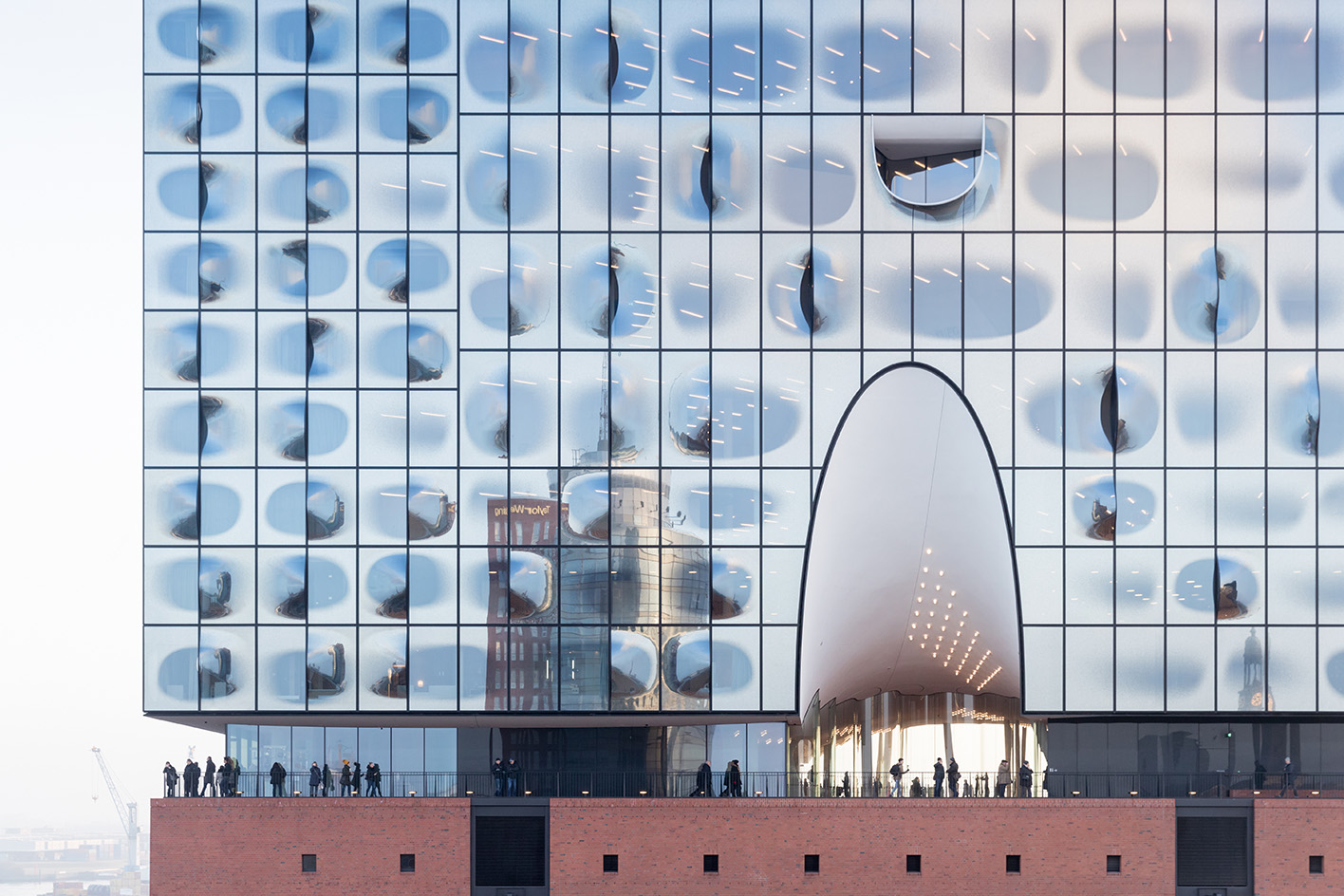
Sitting in their offices in Basel, de Meuron reminisces about bonding over a model rollercoaster, crediting the intuitive relationship they have on the deep sense of kinship that one has with a lifelong friend. They are still based in the arty Swiss city of Basel, host to multiple museums and collections as well as one of the world’s most important art fairs, Art Basel.
‘I didn't know what architecture was, I was never inspired by the idea, ideology or beliefs,’ says Herzog, who started out studying fine art before switching to architecture.
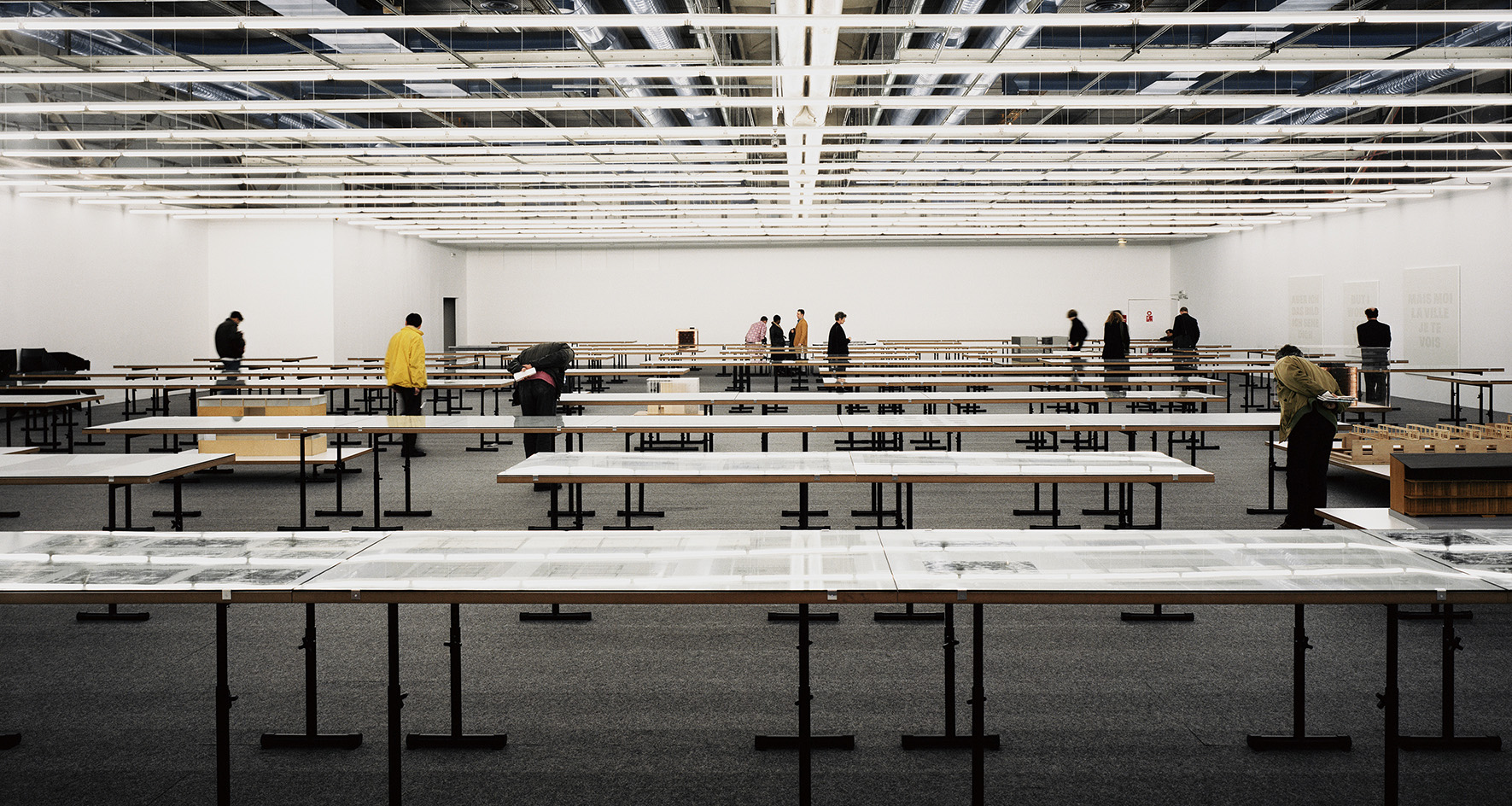
They are famous for their collaborations and friendships with artists from Ai Weiwei to Thomas Ruff and the way they execute ideas speaks to an artistic approach and is something Herzog is leaning into in some of his most recent projects like the Motorway Chapel in southern Italy.
‘Our work is architecture, it often has something conceptual that reminds you of an artwork, but it’s so interesting because it’s this conceptual basis that makes it so architectural,’ Herzog explains. ’There are other projects, very small ones that I work on… They are more like art projects because nothing is given, you know, no brief, not a precise site, no budget, no zoning. So how do you do something if nothing is given? These are normally more the conditions under which an artist is working rather than an architect and these things are very rare.’
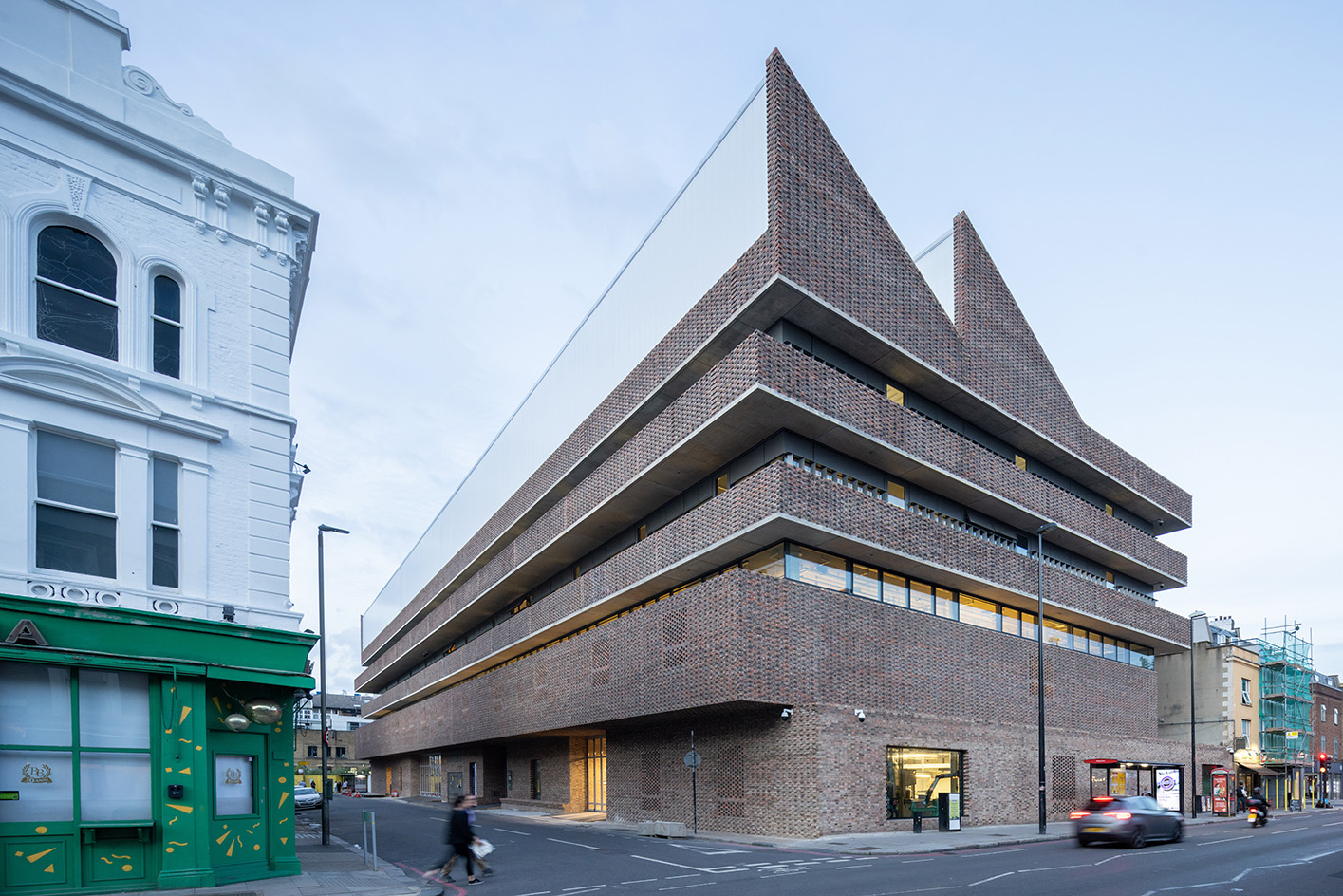
Each project is foregrounded by a huge amount of research encompassing the local area from the bottom up, its people, its buildings, zoning and how the built environment works and doesn’t work for the people who use it. This benefits not only the planning and competition process but aids their results which although they can stand out from their surroundings also seem to meld into them.
One example of this is their work on the concert hall Stadtcasino Basel, one of many projects in their home city. It blends seamlessly into the Basel city centre on the outside and offers us up into a Lynchian dream world once in the foyer, readied for the transporting power of the music performed in the concert hall which they restored to its original design.
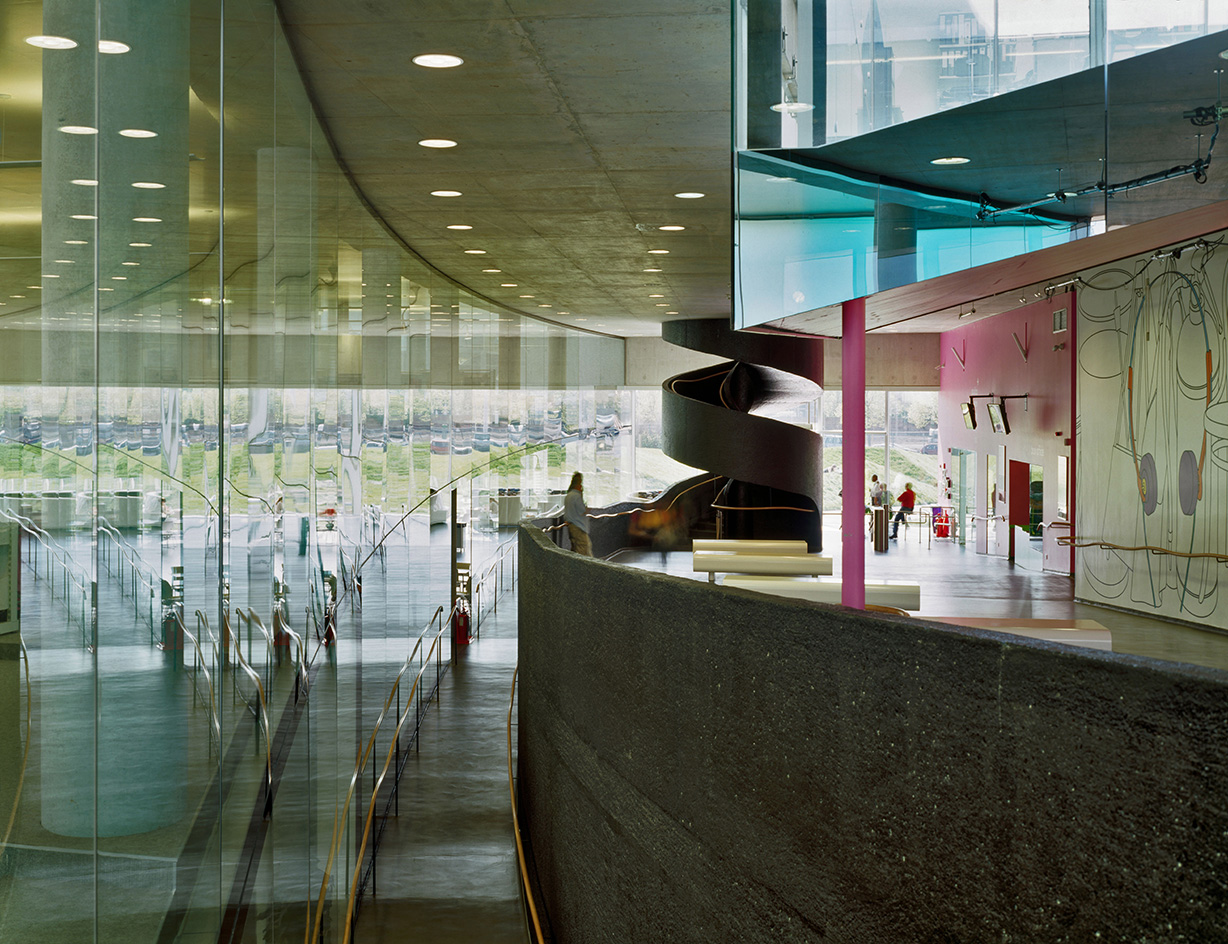
This long process is archived going back to the first projects Herzog & de Meuron ever worked on and this archive is held in Kabinett, a studio, high-concept storage facility and block of flats which sits at the juncture of France, Germany and Switzerland in the city. Elements of this feature in the Royal Academy show, revealing the selective process of archiving, which they see as essential to the way they realise buildings and execute town planning. This is, according to exhibition curator and head of architecture and Heinz curator at Royal Academy of Arts Vicky Richardson, unique.
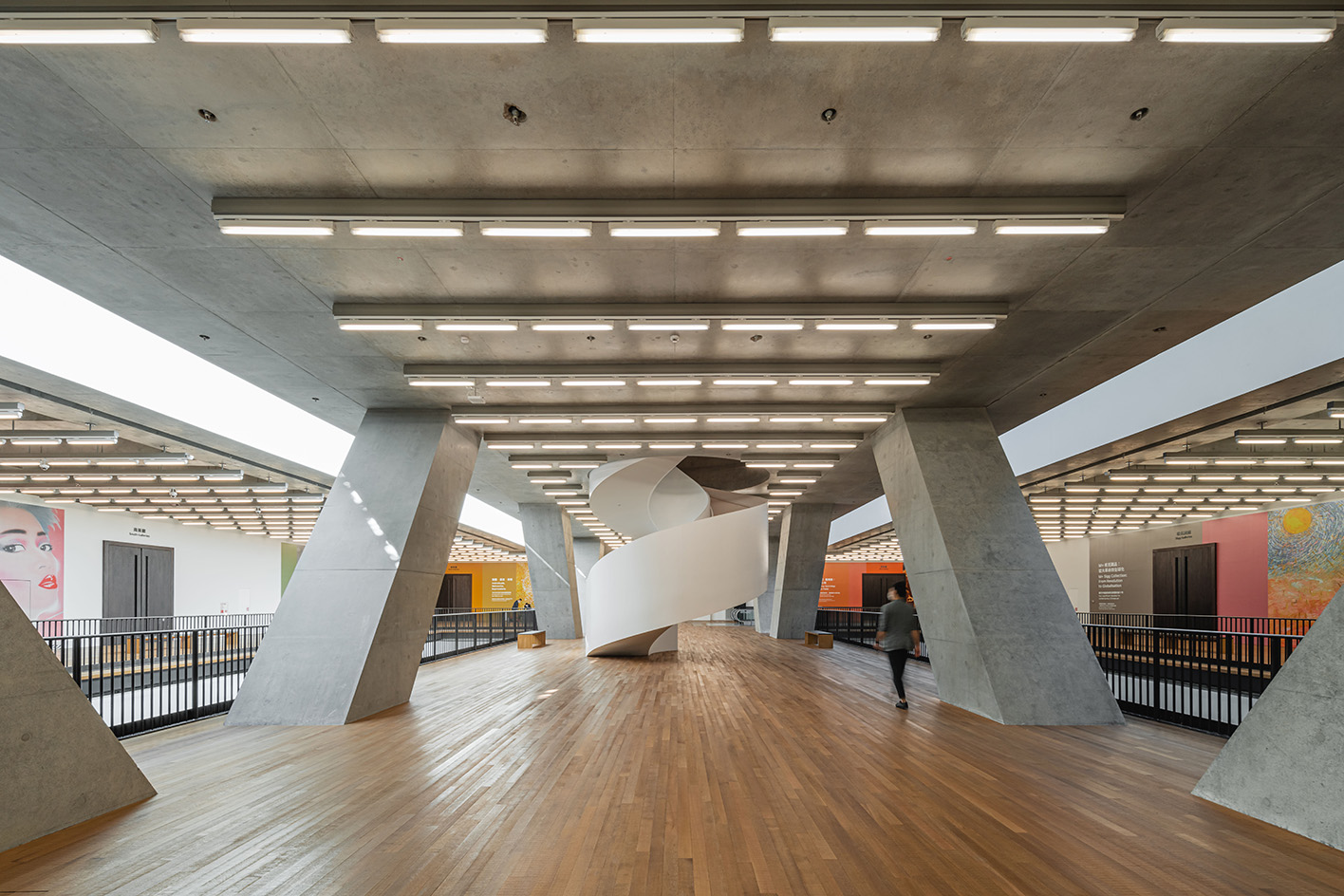
‘It’s very difficult to think of another practice you could say that they are like, apart from in the most obvious sense of their size and their global scope – and of course, we’ve become used to these sort of global practices, like Foster and Partners and Bjarke Ingles Group and others – but I think there’s definitely more to it than that, she says.
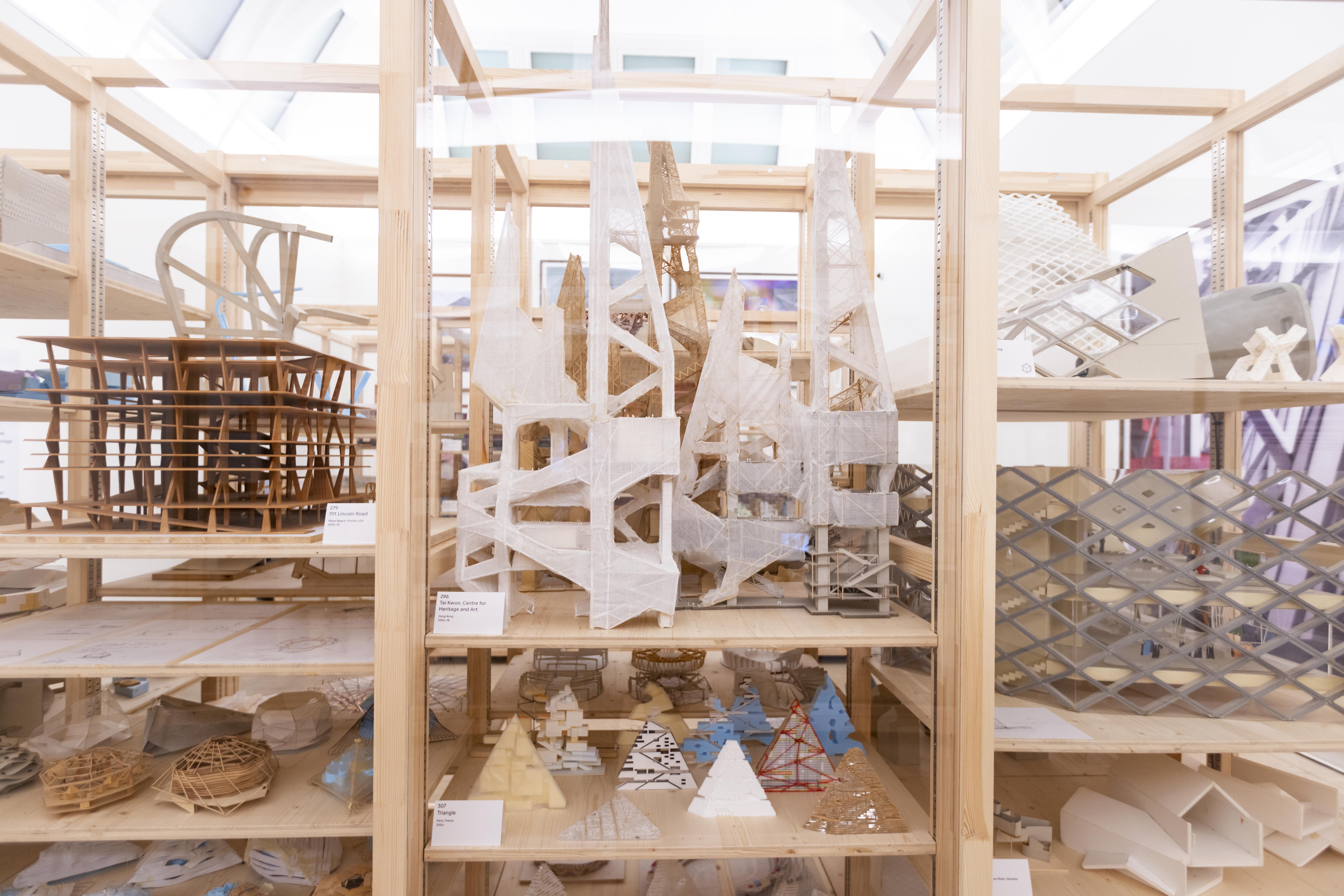
Herzog & de Meuron at the Royal Academy: explore the show
This unique approach to working is reflected in their approach to exhibiting, as the newly launched exhibition shows us their process, including a film and a AR aspect, which seeks to put the people and their experience of the buildings first. A strong focus of this is the idea of ‘care’ in the shape of a film by Bêka and Lemoine, and a room dedicated to an in-progress children’s hospital in Zurich. It reflects the practice's focus going forward.
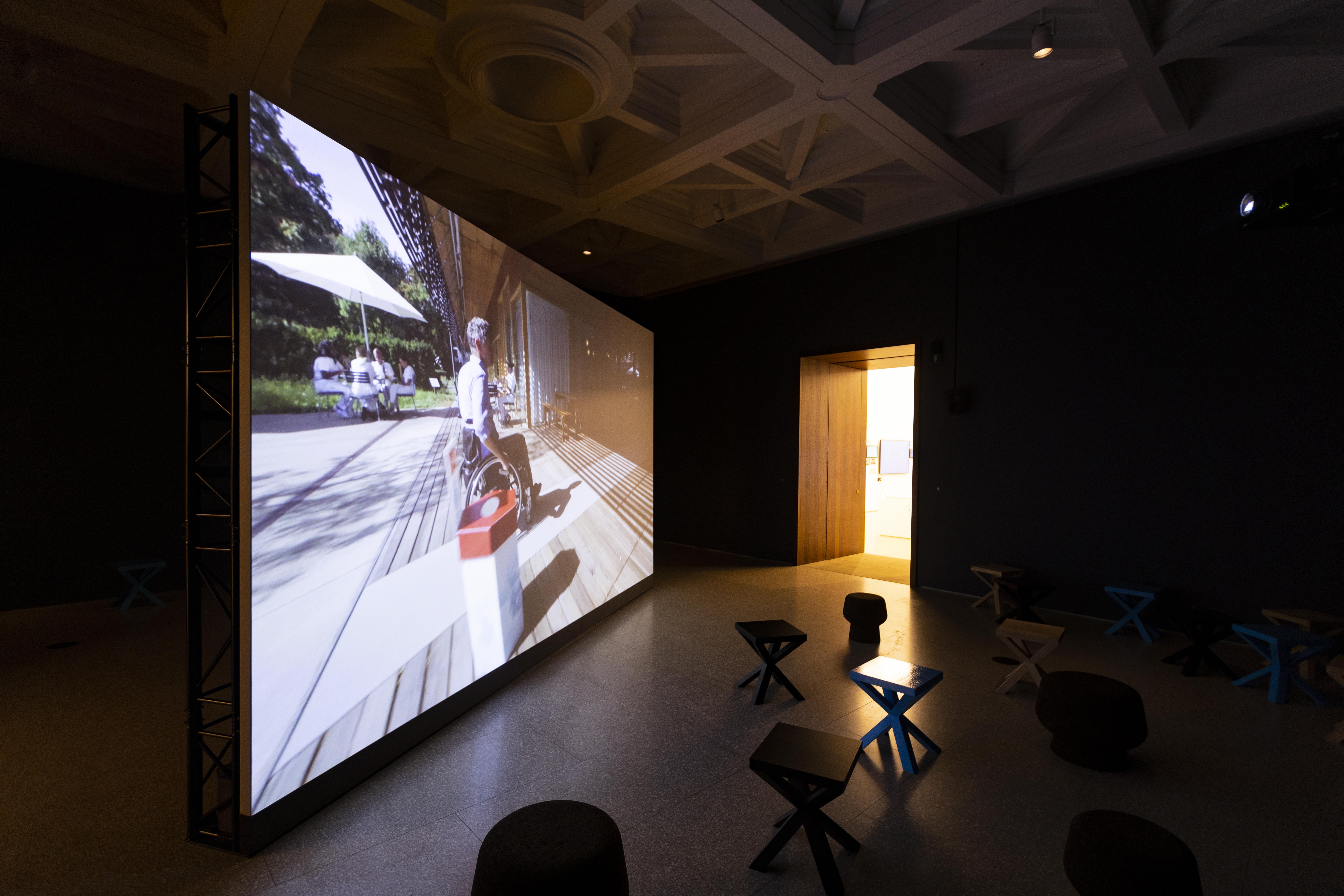
The displays are organised in three sections. A room full of architectural models greets the visitors, as they step into a part of the studio's archive, with models, tests and mock ups spread across rows of timber shelves. This is also where the AR experience begins, by downloading a specially designed app and exploring different projects with an enhanced view, following graphic prompts next to the selected schemes to be 'augmented'.
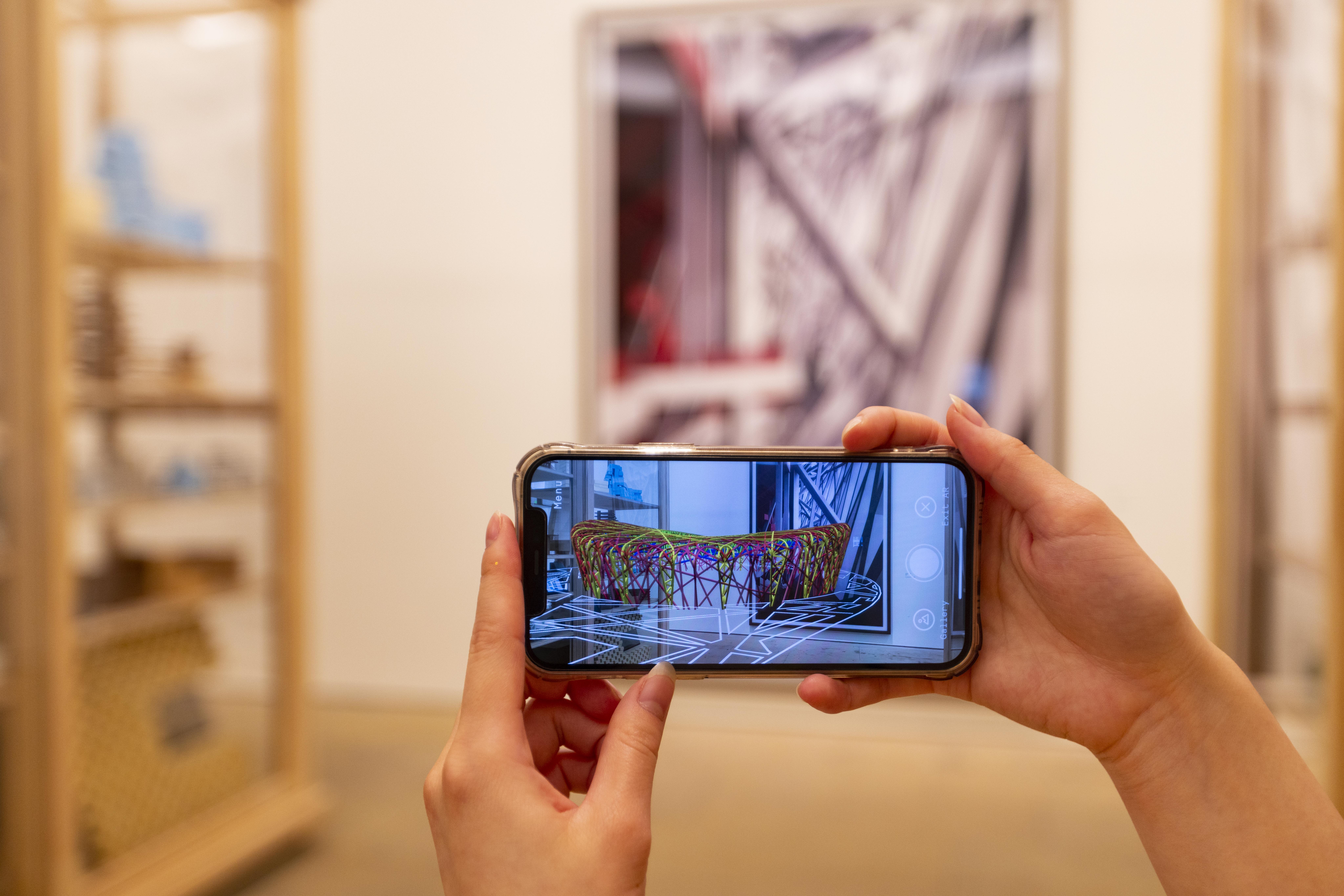
The Bêka and Lemoine produced film follows, as the bustle of the first room, full of shapes and information, is swapped for a darker room and a more quiet, screening experience. The filmmakers transport guests to the halls of Herzog and de Meuron's rehab clinic in Basel, as it is seen through the eyes of its users - patients and staff. It's powerful and moving, and sets the mood for the last section, which is dedicated to a big, current project by the firm - the Zurich children's hospital. Here, models, interactive video elements and more AR allows the public to delve into not only the thinking behind the design, but the design itself, as the building, currently in construction (and set to complete in 2024), can be explored thoroughly as both an in-progress piece, and a finished, virtual space. The idea of care is central - healthcare, but also caring, and support as a whole.
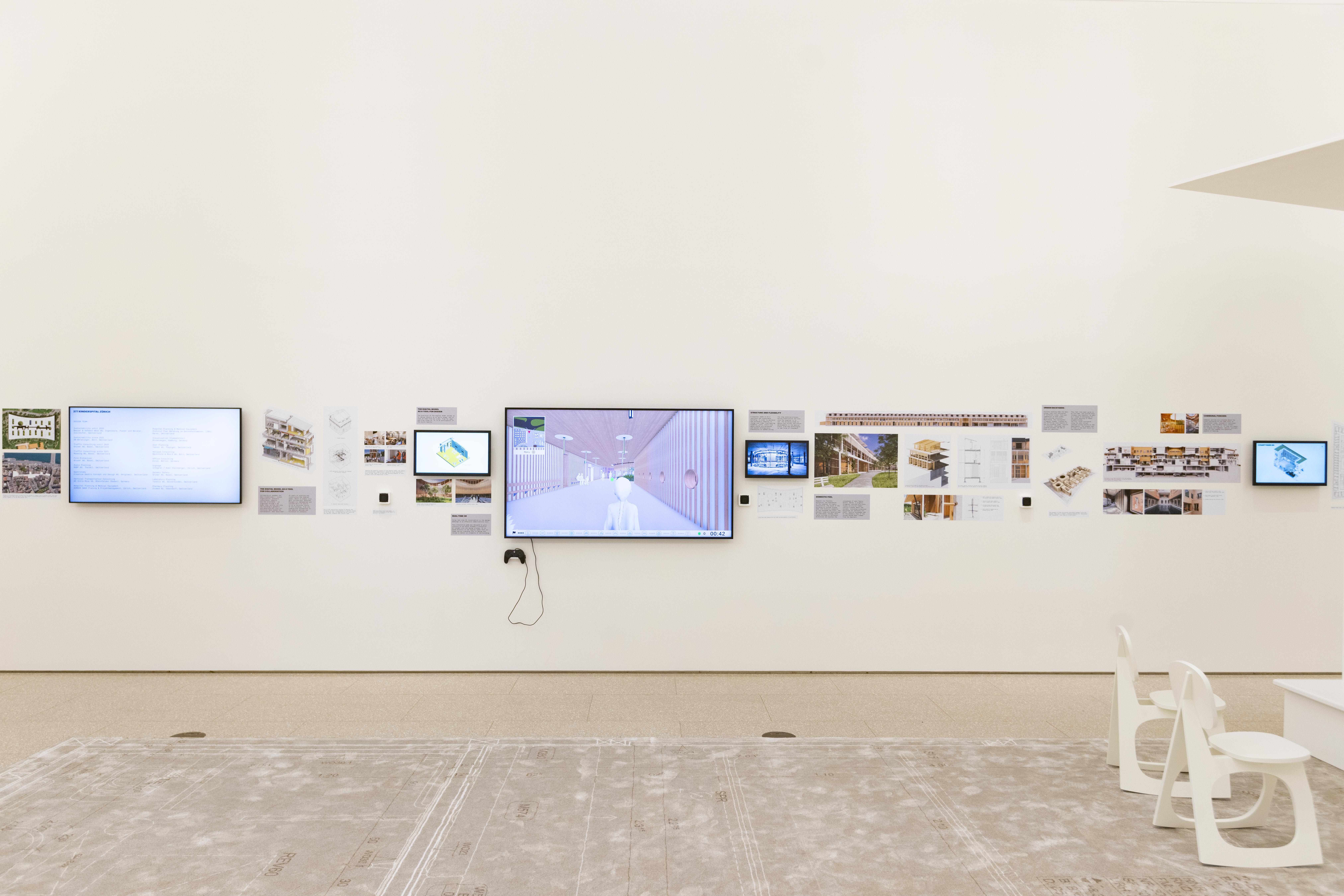
‘Ultimately, what I think architecture and planning should do is open up potentials,’ Herzog mused. ‘Potentials are sometimes obvious, but they are not discovered, they are not excavated, they are not being used. You cannot do anything about this as an architect, but with the money that you’re given, the site and the materials that you use you can both maximise these potentials and make something beautiful.’
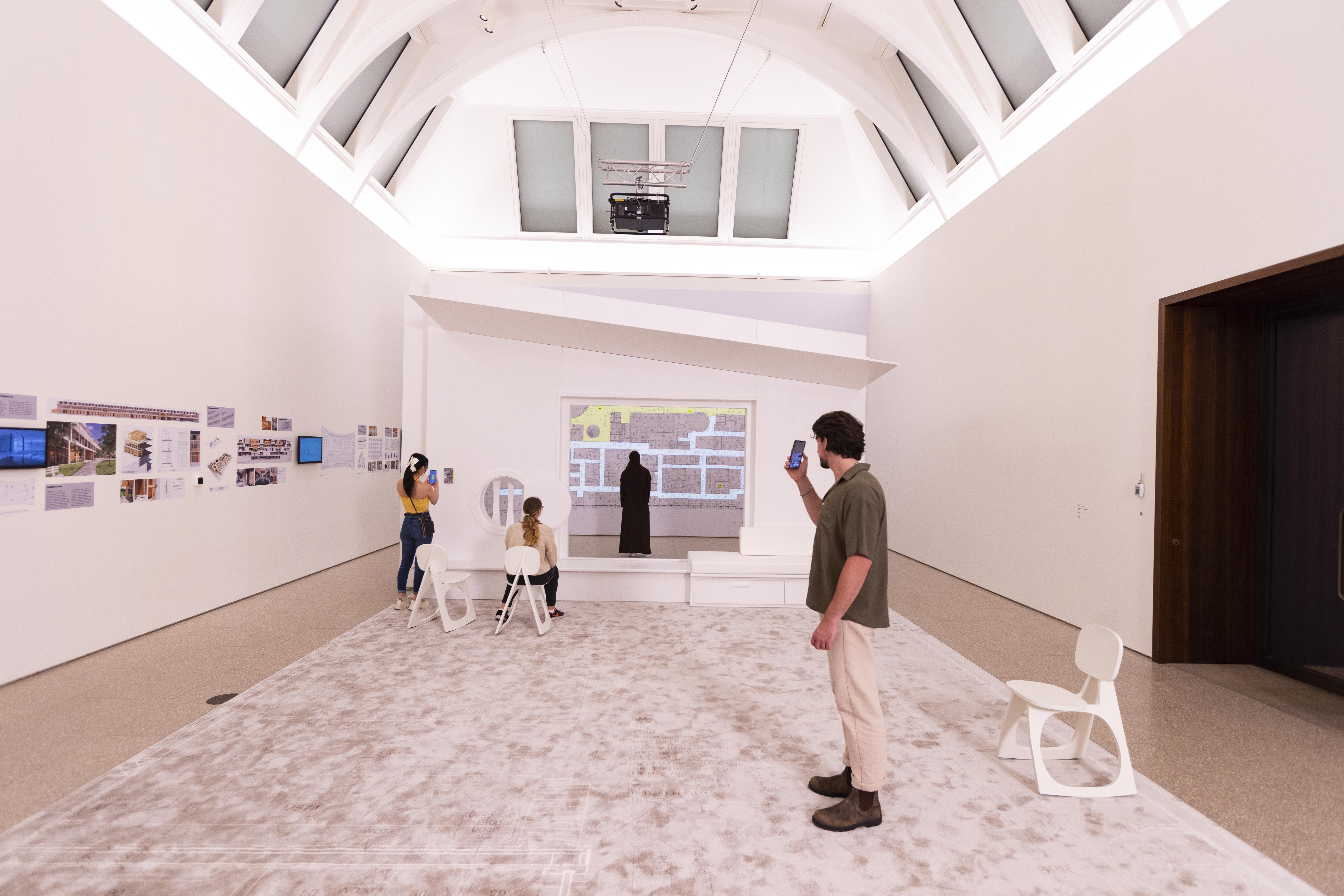
Herzog & de Meuron will run 14 July - 15 October 2023 at The Gabrielle Jungels-Winkler Galleries at Burlington Gardens, Royal Academy of Arts, London, UK.







